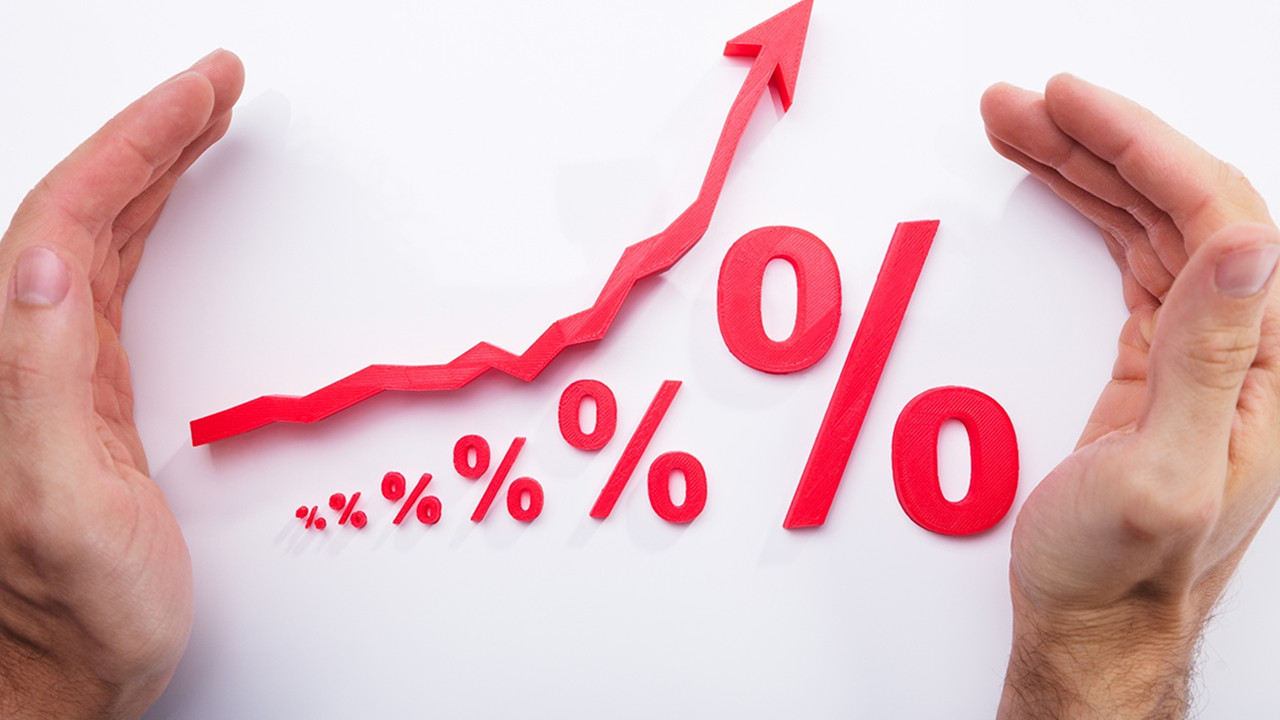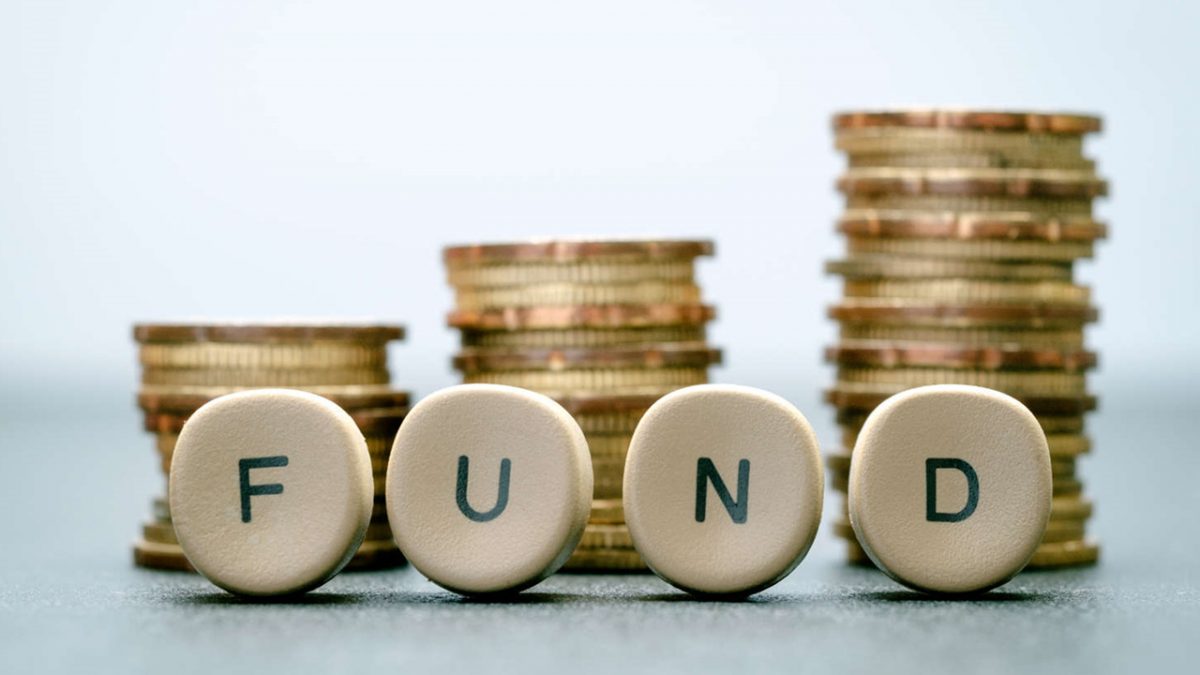Many economists would say that inflation is necessary. There is a consensus that a low and steady inflation rate of below 3.5% is good for the economy as it encourages spending and economic growth. While this is true, there are also some disadvantages. With all its good and bad consequences, inflation is normal in any developing or developed country but what is the definition of inflation rate?
The inflation rate is the representation of a percentage at which the monetary value of goods increased over some time. When inflation is calculated, it is usually determined over periods of 12 months. It takes into account the price level of a basket of selected goods. For example, bread was $2 last year while over the past 12 months, the price reached $2.02. This indicates an inflation level of 2%. In the calculation of the inflation rate, the price of multiple goods is selected and the overall inflation rate is obtained.
.jpg)
Calculation of inflation can be done over different periods. Most countries report inflation yearly but it can be reported quarterly or monthly. Ideally, inflation should not reach zero or it should not become negative. When inflation becomes negative it is called deflation. Deflation incentivizes the population to save money as it will be worth more in the future.
Looking at the effects of inflation, if it is stable and under 3.5%, it will stimulate consumption and economic growth. The population will see no value in saving money as their purchasing power will decrease over time. Due to the inflation rate, $1000 in savings will buy for example less bread one year from now. By stimulating consumption, inflation keeps the economy growing. The population is incentivized to buy a new car today or a new phone which in turn can lead to new job creation and sustains existing businesses. For this reason, the inflation rate should never go below zero and it should never reach double-digit numbers.




